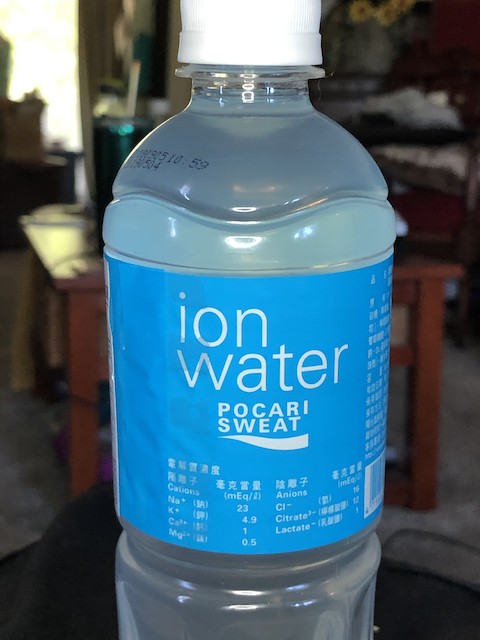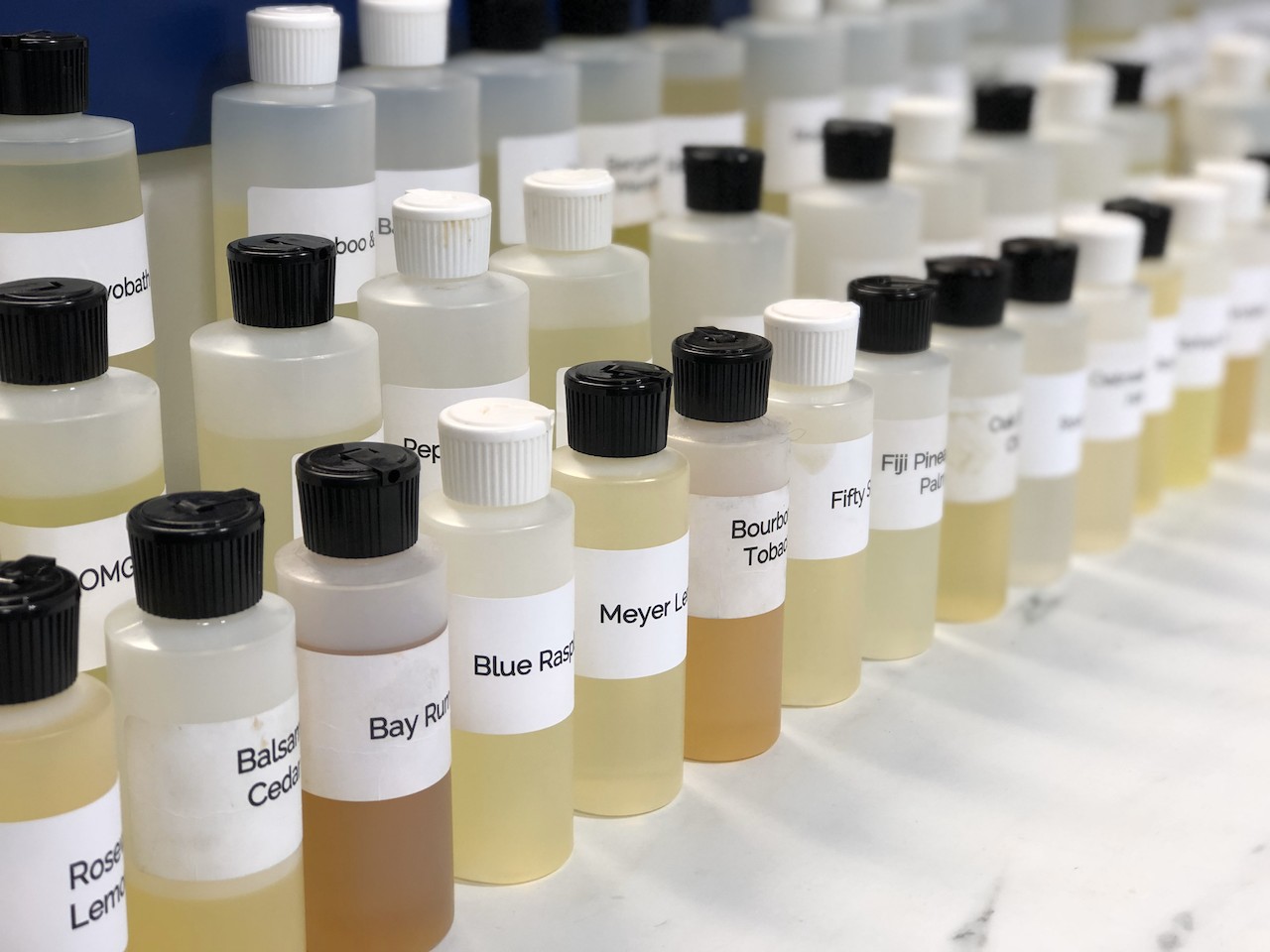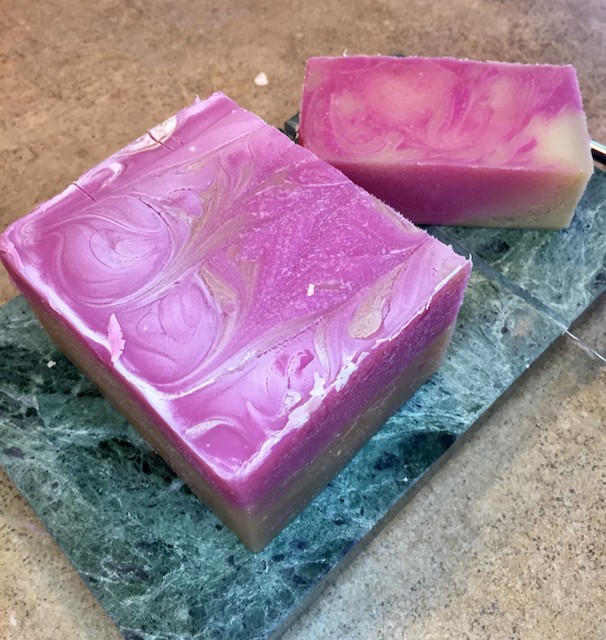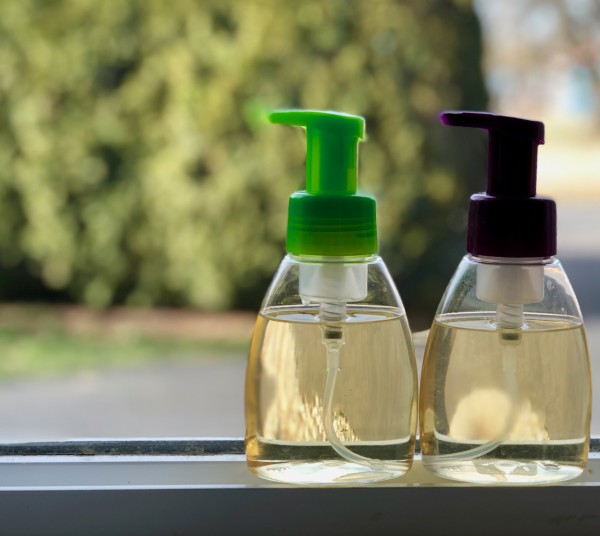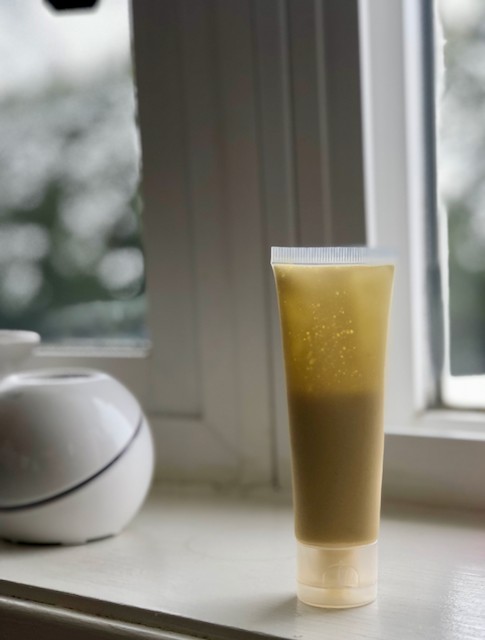Q&A Quickies: Let’s talk about water – distilled, spring, mineral, alkaline, and reverse osmosis
For the love of all that is good and holy, do not use tap water in your products! It’s full of all kinds of things – chlorine, fluoride, metals, bits of soil, and so much more – that can mess up the clarity, stability, preservation, and general goodness of your products. Check out this post...

